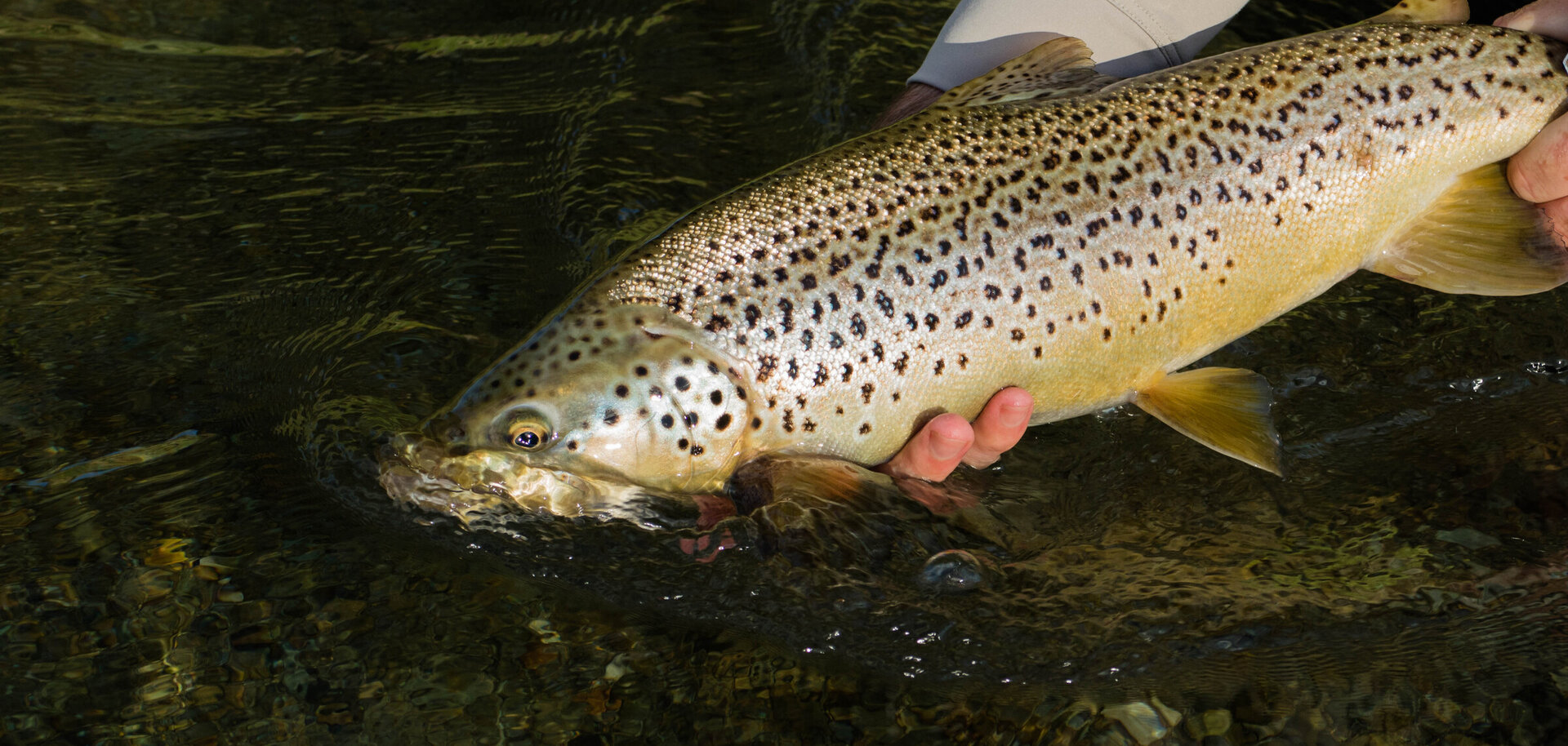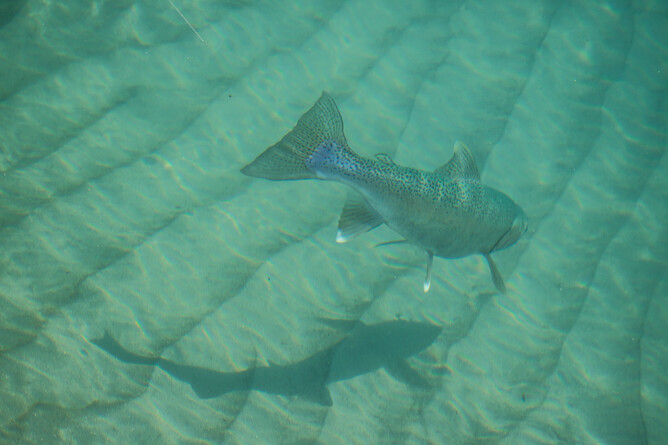Brown trout were first introduced into NZ (Canterbury) IN 1867. Shipments were originally from the test and two other waters in the UK. They came via Hobart, Tasmania.
Rainbow trout were introduced from the West Coast of the USA in 1883 and are regarded as mostly originating from sea-going migratory steelhead stock. However, in NZ, rainbow trout do not migrate to the sea. They are less widespread than brown trout in NZ, and they are more tolerant of higher temperatures than brown trout.
Although there was some late government intervention in the introduction of trout and salmon in the late 19th century, their establishment and ongoing management were entirely due to the efforts of acclimatisation societies. Membership of those societies was open to all holders of licenses.
The public ownership of the fishery resource was set in place by early European settlers who sought to escape the feudal structure of the UK. New Zealanders have rightly guarded that egalitarian founding principle for over a century.
The Queen's chain (22 yards from the high water mark), allows the public to move along a marginal strip of land. The Queen's chain generally is thought to apply to waters greater than 3 meters in width, but there are many many exceptions. It is far from complete as it currently only applies to around 70% of eligible waterways. (Refer to walking access mapping system WAMS for further info).
Fish & Game councils replaced former acclimatisation societies under the Conversation Act 1987.



